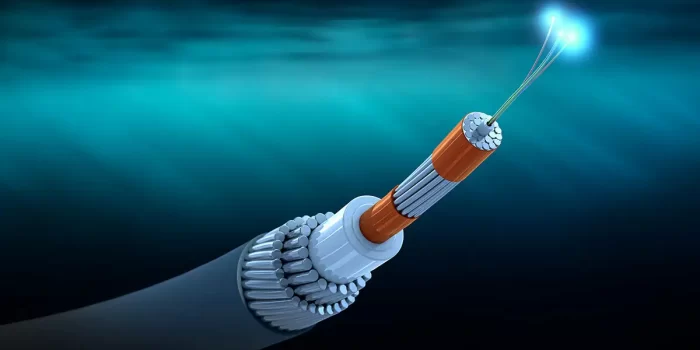California’s underground fiber optic cables, typically used for internet connectivity, have proven to be more versatile than anticipated. A recent study at Caltech has repurposed a section of these unassuming cables to serve as a powerful telescope for earthquakes, revealing crucial insights into seismic activity.
Published in the journal Nature on August 2, the study introduced a groundbreaking technique called distributed acoustic sensing, which harnesses fiber optic cables as makeshift seismometers. Led by Professor of Geophysics Zhongwen Zhan, the team focused on a 62-mile (100-kilometer) cable section to study the mechanics of a magnitude 6 earthquake that occurred in 2021.
By placing laser emitters at one end of the cable and analyzing reflected light, imperfections in the glass strands of the cable were transformed into a vast network of trackable waypoints. These imperfections effectively acted as thousands of individual seismometers, providing precise measurements of ground movements caused by seismic waves.
The potential of this innovative method is immense. While traditional seismic networks in Southern California rely on expensive seismometers with a hefty price tag, the use of fiber optic cables as seismometers could cover the region with millions of cost-effective sensors. This expansion in coverage could significantly enhance earthquake understanding and early-warning systems.

The study’s findings provided valuable insights into the complexity of the 2021 Antelope Valley earthquake. The researchers discovered a sequence of four smaller ruptures, or “subevents,” which were akin to mini earthquakes. These subevents, which eluded conventional seismic networks, were accurately identified using the fiber optic cable-based system. Collaborating with Nadia Lapusta’s laboratory, the team constructed an accurate model of the M6 earthquake, precisely delineating the timing and locations of the four subevents.
Professor Zhan aptly described the technology as a powerful telescope for earthquakes, enabling scientists to observe seismic events in unprecedented detail. While earthquake prediction remains challenging, the distributed acoustic sensing method offers a better understanding of the underlying mechanics of Earth’s ruptures.

Repurposing fiber optic cables as seismic instruments presents an exciting and cost-effective opportunity for earthquake research and mitigation. The ability to virtually blanket regions with millions of sensors will undoubtedly revolutionize the study of earthquakes and contribute to safeguarding communities from their potentially devastating impacts.
As science continues to embrace technological innovations to explore Earth’s natural processes, the use of fiber optic cables as telescopes for earthquakes promises a brighter future for seismic research and disaster preparedness. With every pulse of light coursing through buried cables, we come closer to unlocking the mysteries of these powerful geological phenomena.


